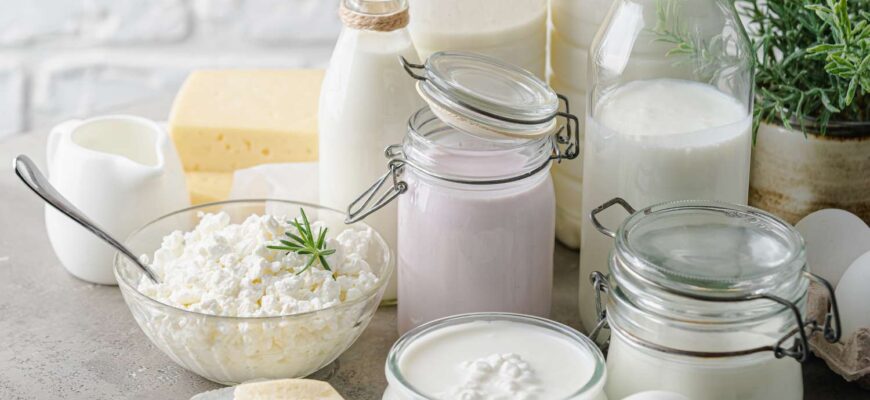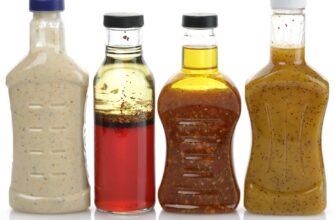Close
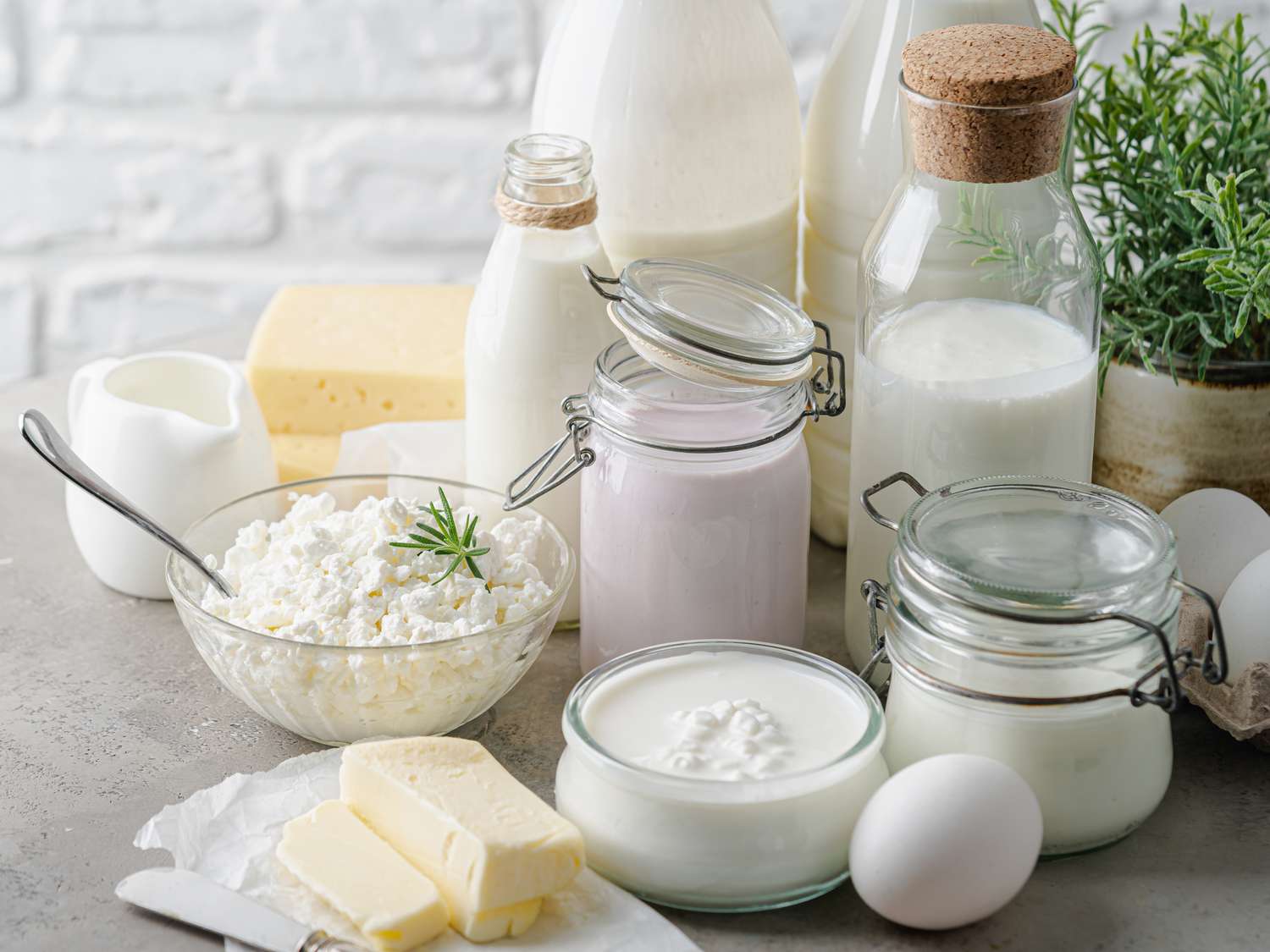
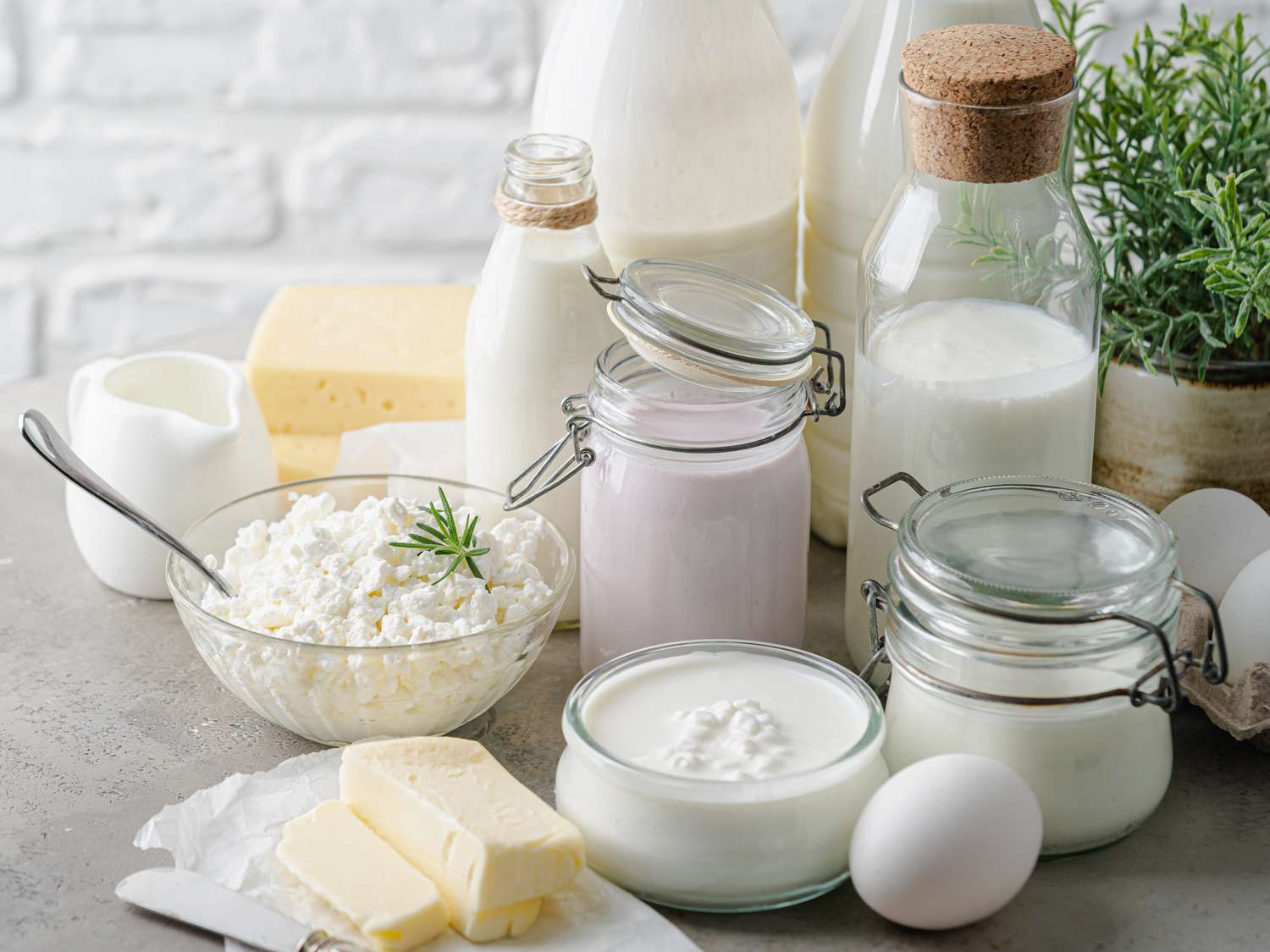
Photo:
Getty Images
Whether you’re pouring milk on your favorite cereal, marinating chicken in buttermilk, or crumbling blue cheese onto a wedge salad, dairy products are essential to our diets and cooking routines. But because of their nutrient-dense environments, milk, yogurt, and other items are also stomping grounds for bacteria and other harmful microorganisms to thrive—particularly if they’re stored incorrectly or kept past their prime.
“When it comes to food safety, it is best to discard expired foods to prevent foodborne illness,” says Connie Elick, a registered dietician and instructor of plant-based culinary arts at the Institute of Culinary Education Los Angeles campus.
These are the three most dangerous dairy products to keep in your refrigerator past their expiration dates, according to Elick. Plus, warning signs of spoilage to look for to keep your meals worry-free and tips for prolonging the shelf life of your dairy.
Milk
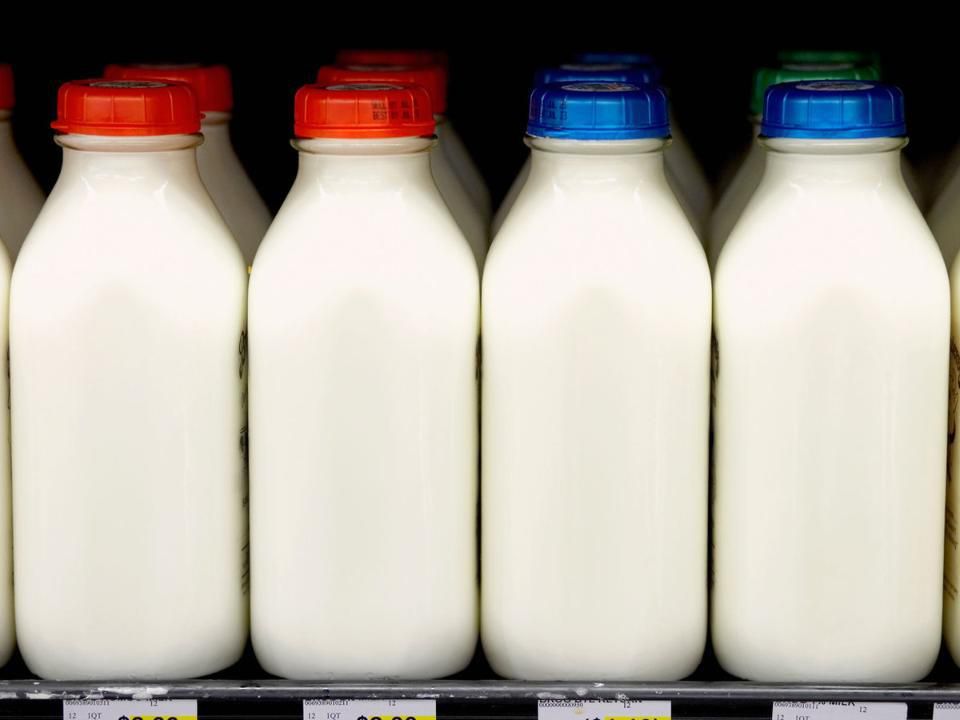
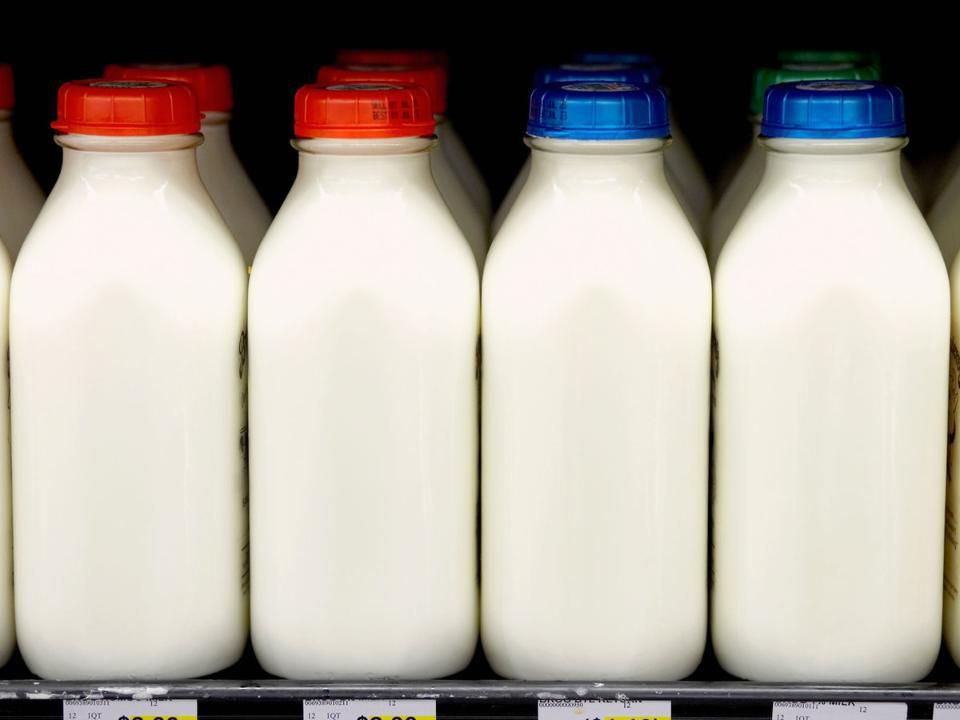
Most milk sold at the grocery store is pasteurized, which means it’s sterilized so it’s safer for consumption and lasts longer than unpasteurized counterparts. But all types of pasteurized milk, including whole, lactose-free-, non-fat, and reduced-fat varieties, need to be refrigerated constantly or will begin to spoil. According to the Food and Drug Administration, if your milk is left outside of your refrigerator for two hours or longer, it’s probably not safe to drink (that window is even smaller in warm environments).
Other warning signs: Discoloration (it should be should be white—not yellow); chunky, thick, or slimy textures; sour or off-putting odors; acidic or sour flavors
Yogurt
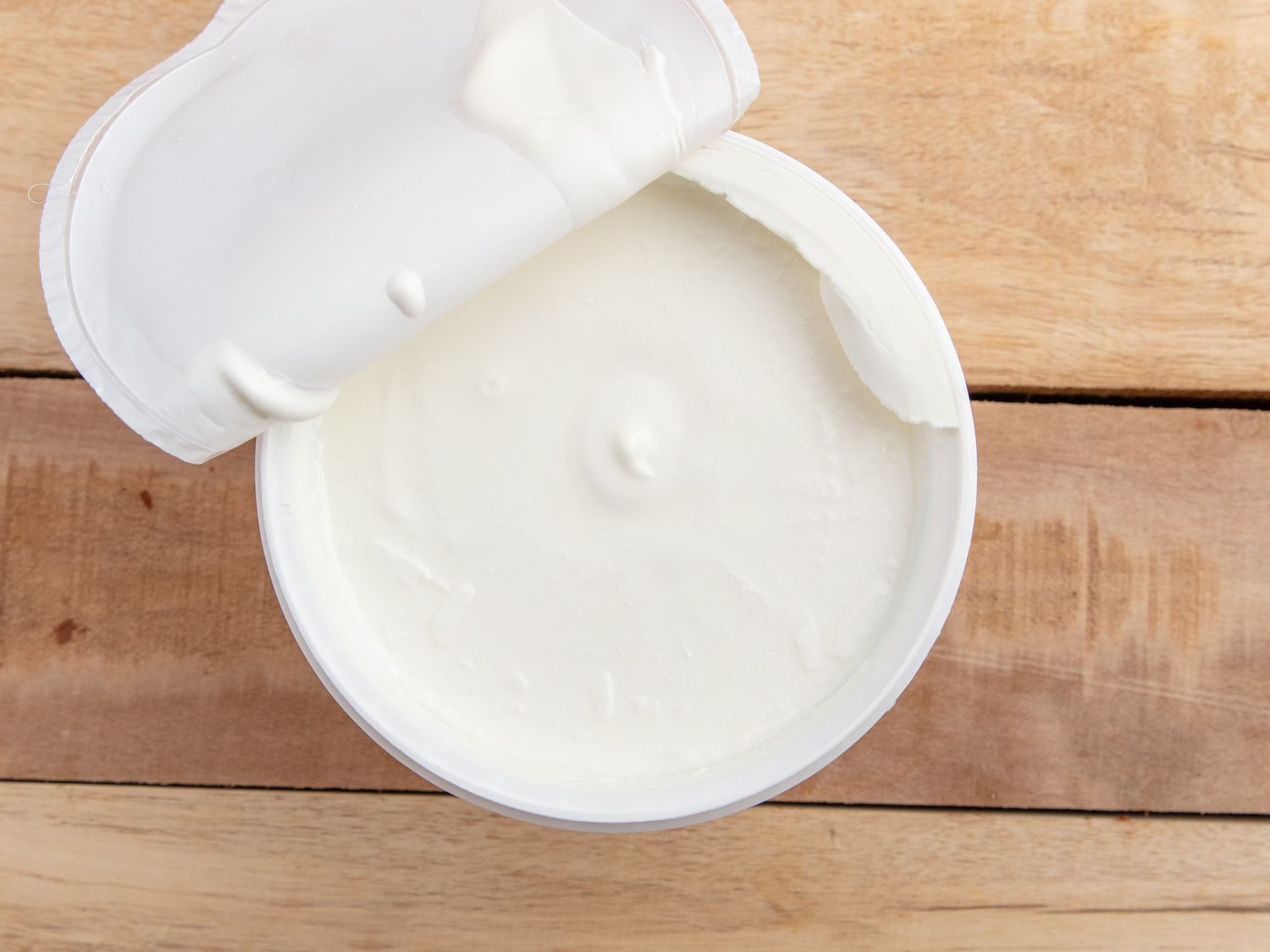
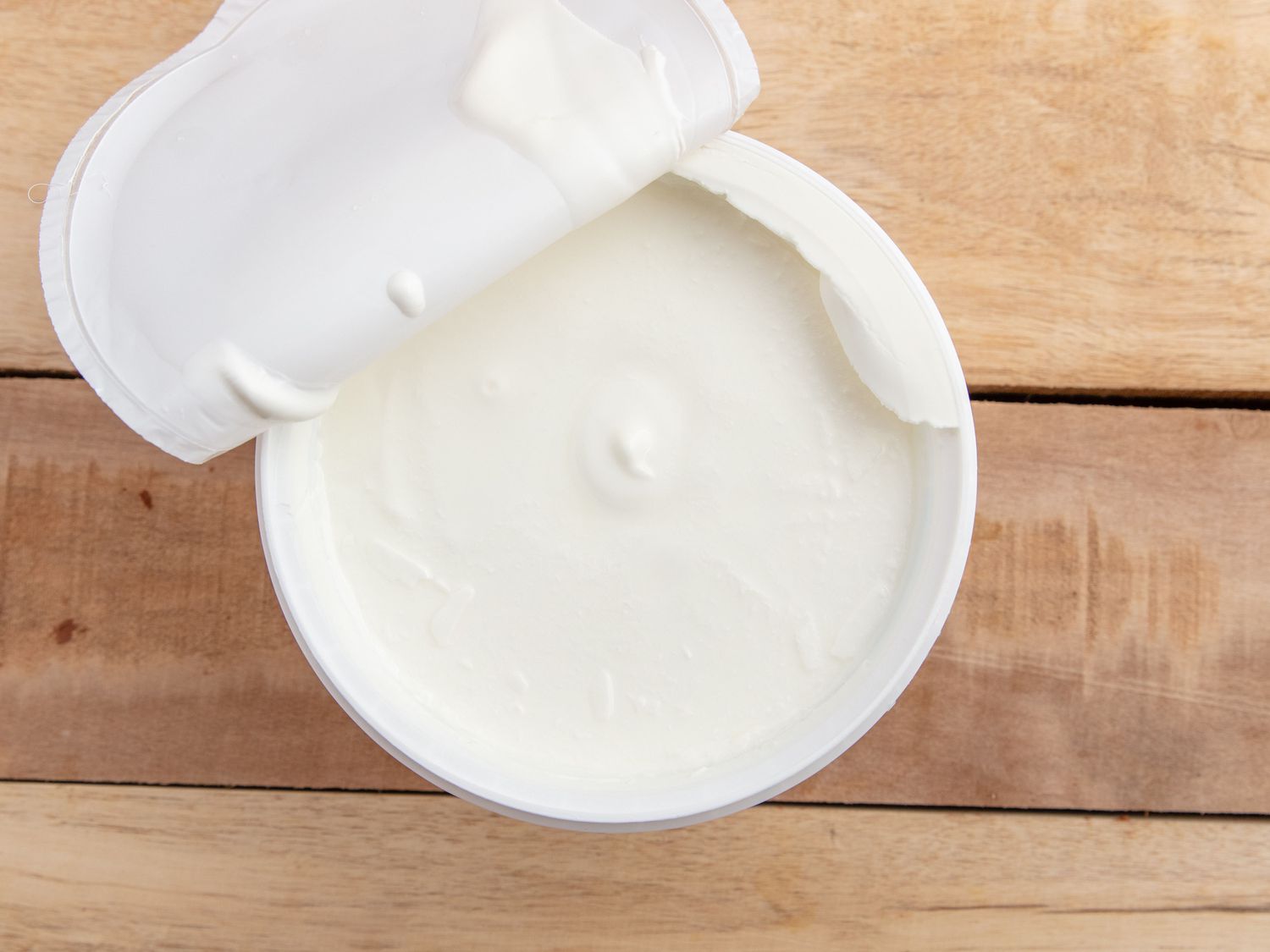
annick vanderschelden photography/Getty Images
Yogurts are fermented foods with gut-benefiting live microorganisms (probiotics), but unwanted ones can grow in your containers—particularly if they contain added sugars or fruits (a food source for bacteria and fungi). A small amount of liquid on top of your yogurt—it’s whey, a byproduct of the yogurt-making process—is normal, but an excess amount is not. “If it has been open for a few days and there is a lot of liquid at the top, that can be a sign that it has spoiled,” Elick says.
Also beware of bulging containers, which can indicate the presence of gas-producing bacteria. “If the yogurt container is bloated before it has been opened, this can indicate fermentation has begun, it has spoiled and is not safe to eat,” Elick says.
Other warning signs: Spots of gray, pink, or any off-color; mold or fuzzy patches; foul, musty, rancid, sour, weird, or generally off smells; cloudy, thick, or slimy liquids on top
Soft Cheeses

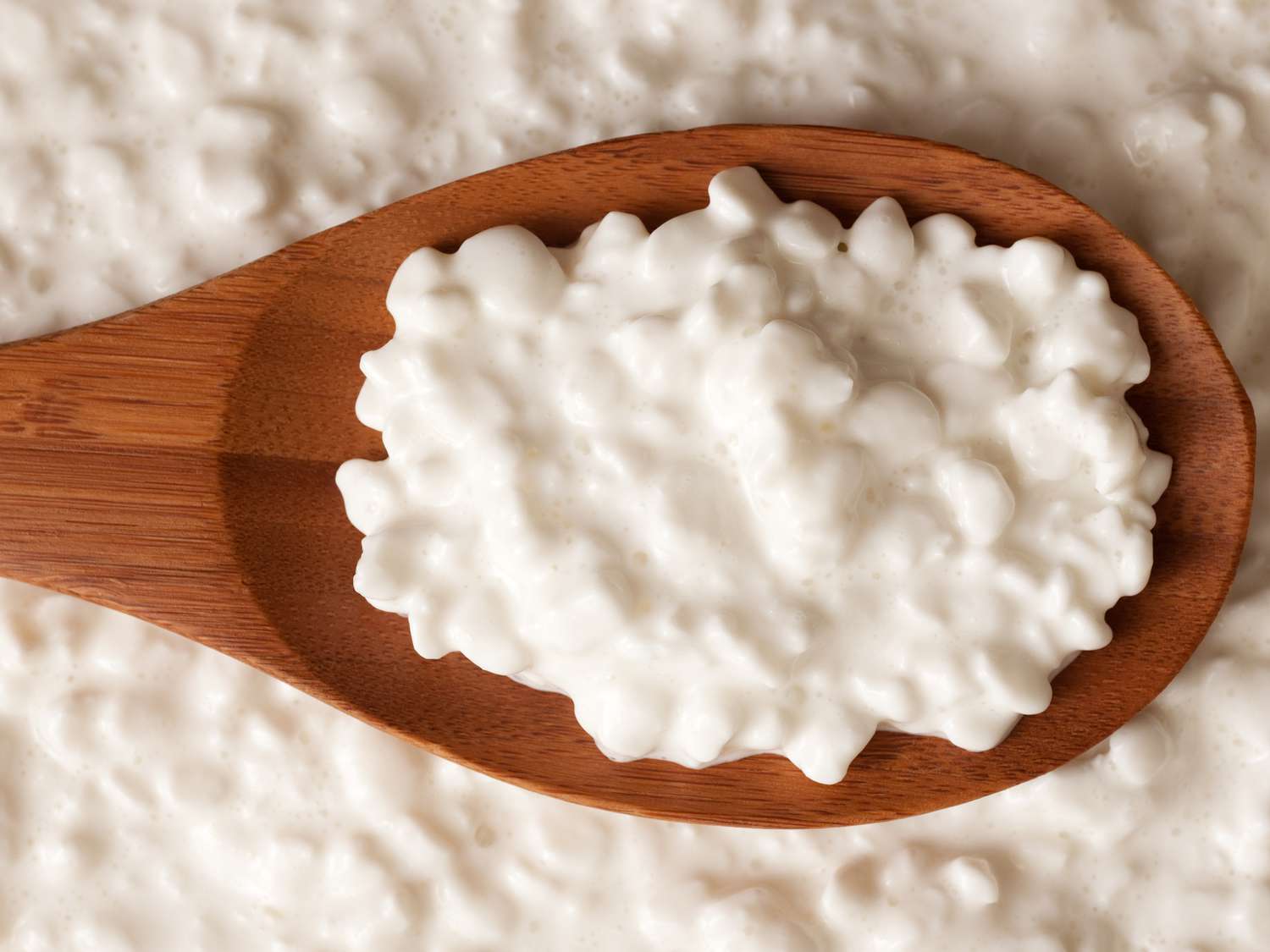
FotografiaBasica/Getty Images
Because soft cheeses such as cottage cheese, ricotta or Brie contain higher amounts of moisture than hard varieties such as Cheddar, Swiss, Parmesan, they have a shorter shelf life. Elick recommends keeping an eye on the textures of your soft cheeses to ensure they’re safe—avoid consuming cheese with parts that are dry, crumbly, extra soft, gooey, fuzzy, or slimy.
Also if mold is present, scrapping it off won’t make the product safe to eat. “Dairy products, especially soft cheeses such as cottage cheese, with mold should be discarded,” Elick says. “This is because the mold may have spread mold threads throughout it even if you are unable to see it.”
Other warning signs: Discoloration (browning, darkening, or white, blue, green, or black spots); unpleasant, bitter, sour, or generally off tastes; rancid, sour, or ammonia-like smells
Is It Ever OK to Eat Expired Dairy Products?
What if your milk is past its “best-by” date but seems safe? We’ve all been there! But Elick says it’s better to be safe than sorry and not risk getting sick, especially if you’re especially at risk for food poisoning. That includes the elderly, infants and children, pregnant women, and people who are immunocompromised. “Don’t forget the saying, ‘When in doubt, throw it out!’” she says.
Tips for Prolonging the Shelf Life of Dairy Products at Home


Westend61/Getty Images
- Purchase pasteurized items. “The pasteurization process kills harmful microorganisms that can make someone sick,” Elick says. ”This can buy some time before spoiling.”
- Store milk, yogurt, and other perishables at the right temperature. Elick recommends keeping them in the refrigerator at 39 degrees F because keeping anything between 40 and 140 degrees F is particularly dangerous. “This temperature danger zone range is where bacteria thrive the best and multiply the fastest, increasing contamination that can cause foodborne illnesses,” she says.
- Throw them in the ice box to make them last longer. Milk freezes well, and yogurt and soft cheeses can be frozen (though their textures may be impacted). Powdered milk is also another more shelf-stable alternative, Elick says.
The 6 Most Dangerous Expired Condiments in Your Kitchen, According to Experts
Was this page helpful?
Thanks for your feedback!
Tell us why!
Other
Submit
